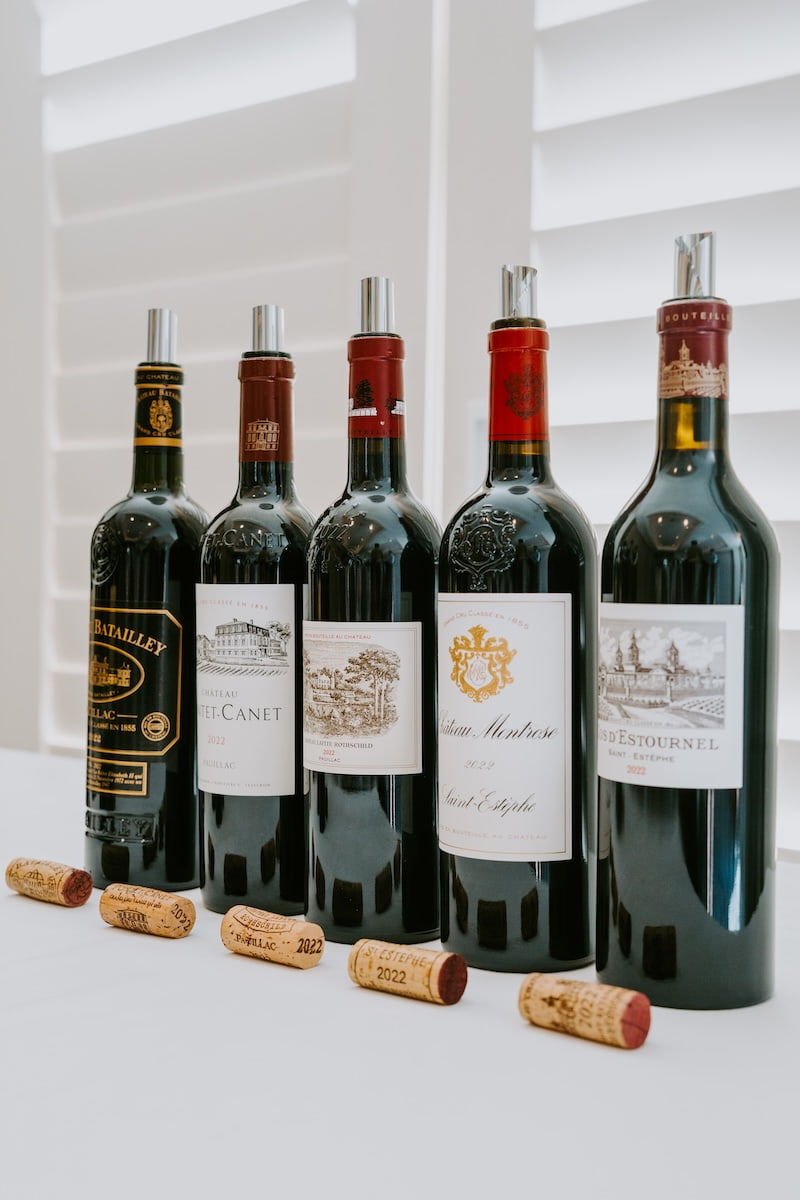Some vintages are good. Some are historic. 2022 might just be both.
“It’s a vintage that will be remembered for decades,” says Michael Anderson, Head of Auctions at Australian auction house Langton’s. “It’s ripe, plush, and modern – the kind of Bordeaux that’s built to impress collectors, but equally, one you’ll actually want to open.”
For decades, Bordeaux’s greatest wines came with a catch: you could buy them, but you couldn’t drink them. High-quality Bordeaux often needs 10–20 years in the cellar to hit its peak. But something’s changing in the Gironde.
Ironically, the very forces that once terrified winemakers – blistering heat, erratic weather – have helped make Bordeaux more approachable. Climate change has given grapes a richness and accessibility that used to take decades to develop. The result? Wines that are generous now, but still have the bones to age gracefully.
Anderson likens 2022 to 1982, a vintage that redefined the infamous region. “Back then, people weren’t ready for wines that expressive, that open,” he says. “But history proved them right. 2022 feels like one of those moments again.”

Across both the Left and Right Banks, standout wines are proving easy to appreciate. The highly praised 2022 Château Figeac combines powerful structure with precise elegance. Haut-Brion, has delivered a second label, Le Clarence de Haut-Brion, that punches well above its weight.
The good news? You don’t need to drop $500 a bottle – there’s joy and complexity to be found for as little as $100-200. For those seeking a savvy investment, Anderson recommends Madame de Montrose, the sophisticated younger sibling of the renowned Saint-Estèphe estate, around $110 a bottle and consistently scoring 95 points from top reviewers.
And don’t overlook white Bordeaux. Anderson calls them quiet achievers, especially the barrel-aged blends that pack structure, texture, and richness more like a fine Chardonnay than the light, aromatic Sauvignon Blanc most of us know. For newcomers, they’re a friendly entry point into Bordeaux – approachable, delicious, and a chance to explore the region without feeling intimidated by the big-ticket reds.
Beyond the vineyards, the shift feels cultural. Bordeaux is loosening its tie. Younger collectors are buying mixed cases. Sommeliers are pouring second labels by the glass. The myth of the “hands-off cellar” is fading, replaced by a new kind of connoisseur who wants to drink their investments, not just admire them.
For Anderson, that’s a good thing. It’s what he calls a “test-and-learn” vintage: an excellent opportunity to buy a few bottles, open one, see how it develops, then decide when to drink the rest. A fun way to discover a wine that truly matches your palate.
“You can still treat wine as an asset, but it’s also meant to be enjoyed,” says Anderson. “The best advice? Know whose palate you align with. Find a critic or reviewer who shares your taste. It’ll make your buying smarter and your drinking happier.”
2022 is proof that Bordeaux doesn’t have to be intimidating. It can be generous, modern, and (dare we say it) fun. So whether you’re cellaring for decades or decanting tonight, one thing’s clear: Bordeaux’s future is looking deliciously drinkable.
